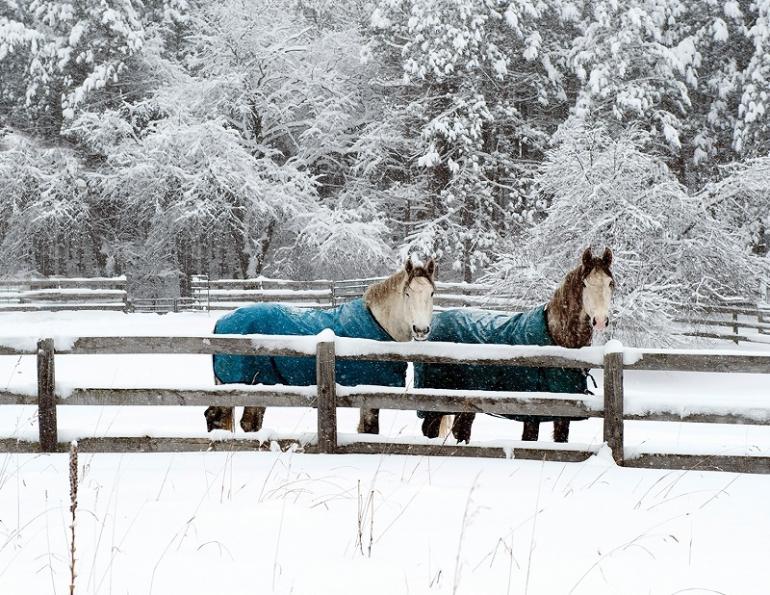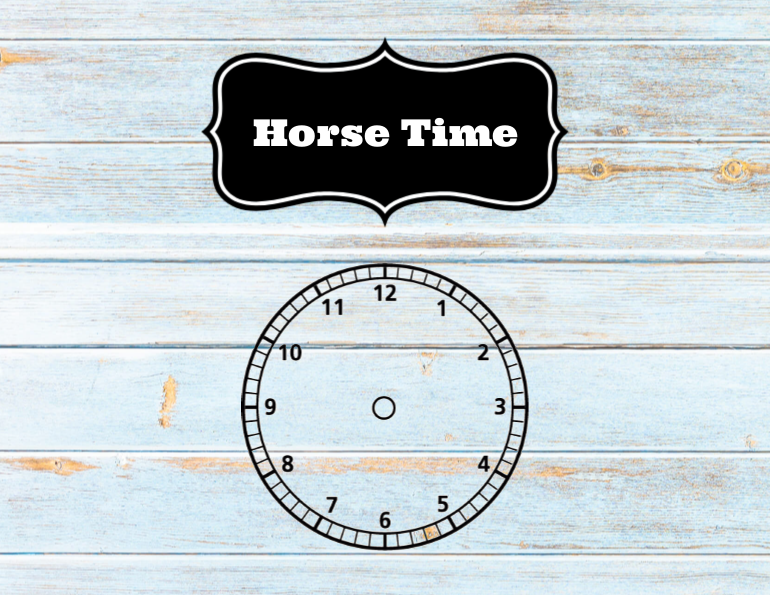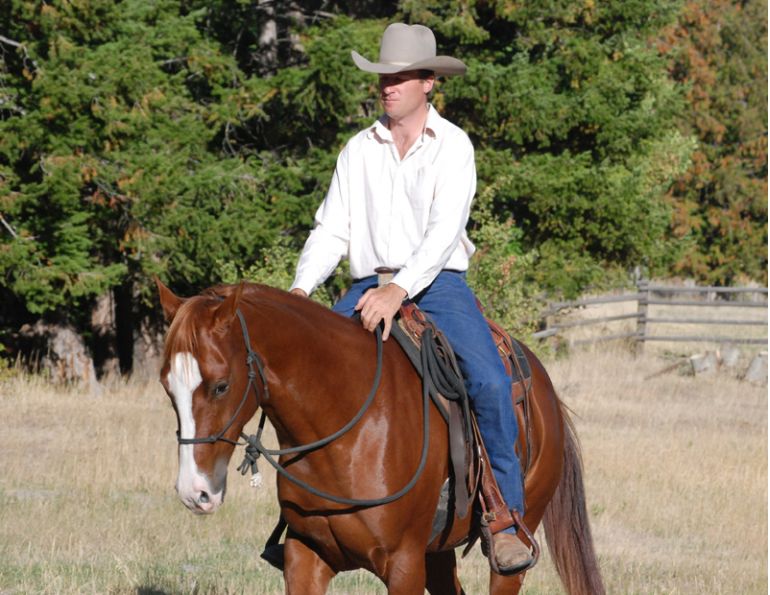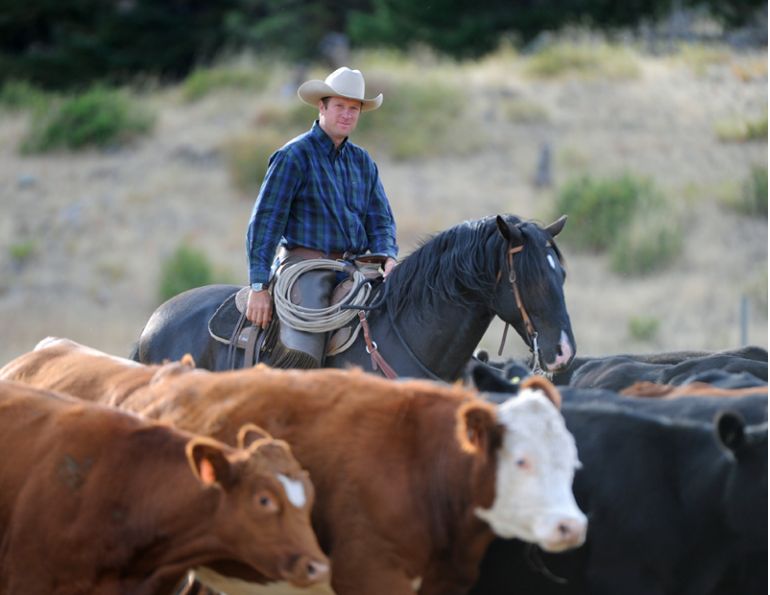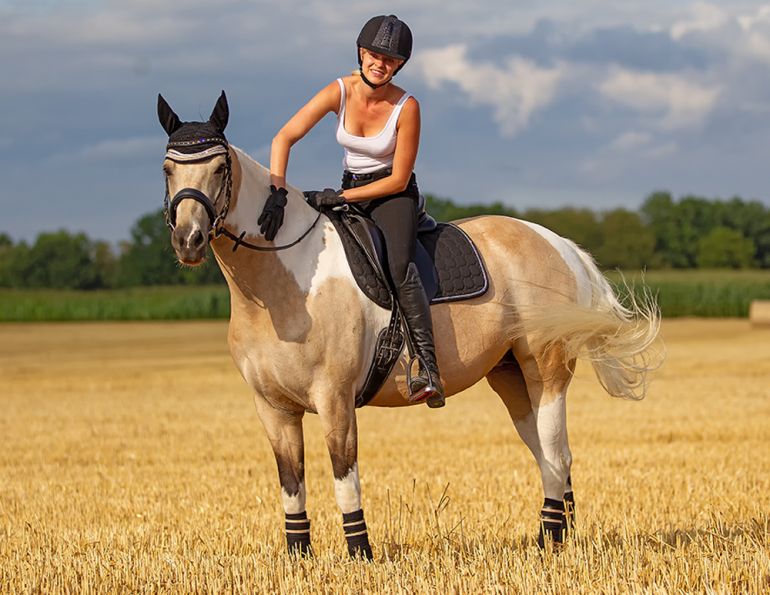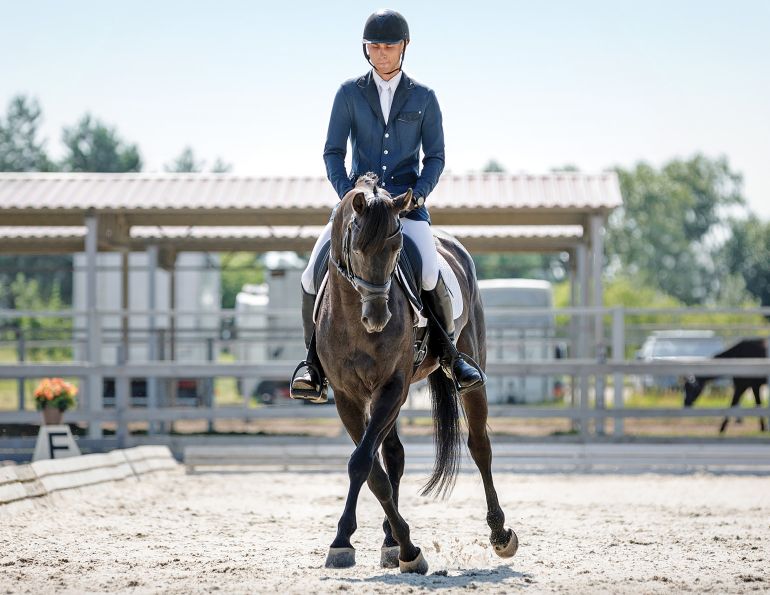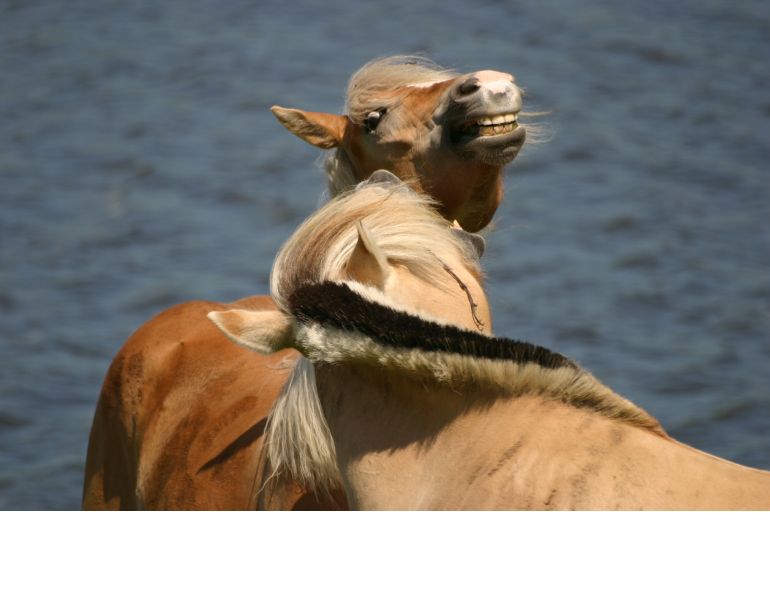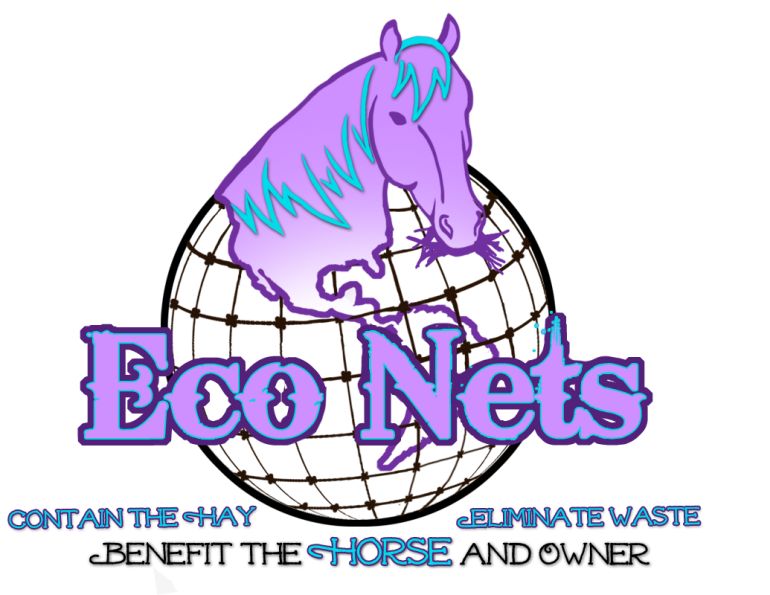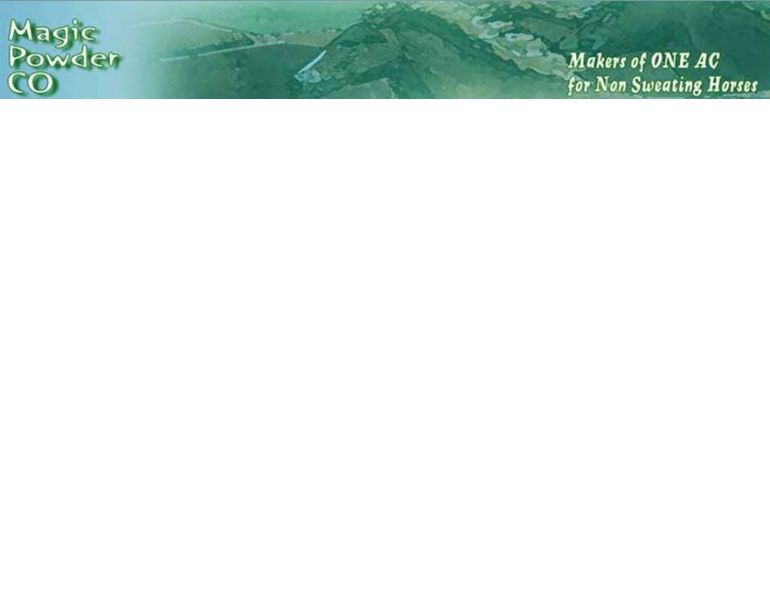By Will Clinging
As I write this article I am sitting in the lodge at Sun Peaks Ski Resort. I am on holidays. I have been looking forward to taking a break for a while — quite a while actually, as the rigors of work at and away from home take their toll on me mentally and physically. I could list a variety of aches and pains that haven’t healed because I don’t get much chance to get away and enjoy some rest and relaxation.
This leads me to think about the horses I ride for a living. When do they get a break from the training that we so often impose on them? In this series of articles about starting and riding the green horse, I have shared a lot of information. This information — depending on who is using it — has been taught over a few days, weeks, or months. Since I started this series, the horse has gone from being just halter broke to being ready to start canter work. The approaches I have offered are a methodical introduction of skills; each builds on the skill previously taught, and is important to have for the skills yet to teach. The end result at this level is to have a horse that understands everything that he has been taught. This understanding of authority, responsibility, and mechanical dexterity should help develop a confident, reliable horse.
Much of what I teach is far more mentally and emotionally challenging than it is physically difficult. There comes a point when we are just plain tired of working and learning, and it can be detrimental to continue training until this mental and physical fatigue has subsided. It is difficult, however, to know when we are getting close to the horse’s threshold for work and learning. It is often just a matter of paying close attention to the small things your horse is telling you. Is he getting more difficult to catch? Is he having trouble concentrating, or making mistakes when normally he would not? Is there a diminished effort on his part, or more evasion or unwillingness in areas where he once tried his best?
Even older, more schooled horses need time off, or they can become mentally and physically fatigued. Photo: Courtesy of Dave Longworth
The learning curve was very steep at the start of the training process. With every session, the horse learns and accepts a significant amount of information. If you think of your horse’s mind as a glass of water, when we started the training process it was almost empty — every day we added more water. That water was absorbed by the horse, leaving room for more. However, if we start pouring information in faster than it can be absorbed, the glass will spill over. When this happens we are often unaware of it, and just keep pouring, even though the horse is already saturated with information. The information that spills out is lost. Think of the horse with too much information as a jigsaw puzzle, the lost bits of information are lost pieces. He can assemble much of the puzzle but there are holes in it that he cannot fill in. This causes confusion and incorrectness, and continuing to teach will not help the confusion, rather, it will add to it.
Related: Horse Personality Profiling
Older, more schooled horses can usually handle more work than young, green horses, but even they need time off to give the mind and body a break. Training at any level is stressful; the higher the fitness levels, the higher the expectation for performance. This expectation can become unrealistic even in schooled horses. Prolonged mental fatigue can lead to increased evasive behaviour. This evasiveness can escalate into real problems, and sometimes a break can help stop the pattern of behaviour from continuing to get worse. The problems may need to be addressed anyway, but it can be easier to deal with if the horse is fresh of mind and body.

Problems which need to be addressed are easier to deal with if the horse is fresh of mind and body. Photo: Shauna Clinging
When I was a full-time cowboy, I used to have six horses in my string. A “string,” for those unfamiliar with the term, is the group of horses that are reserved for a cowboy for his sole use while working for a ranch. Every cowboy will have his own string of horses, which are usually owned by the ranch he works for. I would keep two to four horses at any given time to be used for work. The reasoning behind this was that with two horses in work, each horse would only have to work every other day. As the days were long and the miles were many, fatigue would set in quickly. As a horse got mentally and physically fatigued, he would be turned out with the ranch remuda, or herd, to rest and recuperate. A horse could easily spend six months turned out before his turn in the rotation came up. Any young horses that went to work were only expected to do light duty work, and that might only last a few weeks before being turned out again. This meant that I always had horses that were mentally and physically fresh, and if they weren’t it was time to change.
Training is not easy at any level. It is especially difficult if the horse or horses we are working are tired. A horse can be tired of work or learning in a single lesson, and be tired or fatigued from weeks or months of lessons. If we want to have a long, successful life of training with our horse, it is important to take breaks and let them absorb the lessons we have taught.
Whenever you start to think about having a holiday, you are probably tired of the routines of work or school. Your horse deserves that same holiday. Don’t be afraid to give him some time off, it will only do him good. Give him credit for knowing what he has been taught; horses have memories like elephants, they don’t forget anything. Yes, you may lose some fitness, but you will gain a horse that is happier in his work.
Related: Training the Green Horse: Back to Work
Main photo: Shauna Clinging - Turnout with the herd is important for rest and recuperation.



